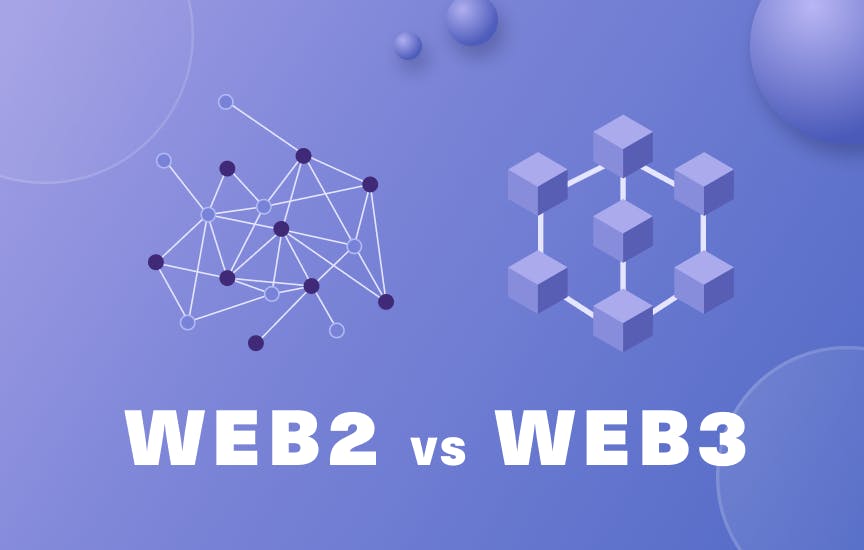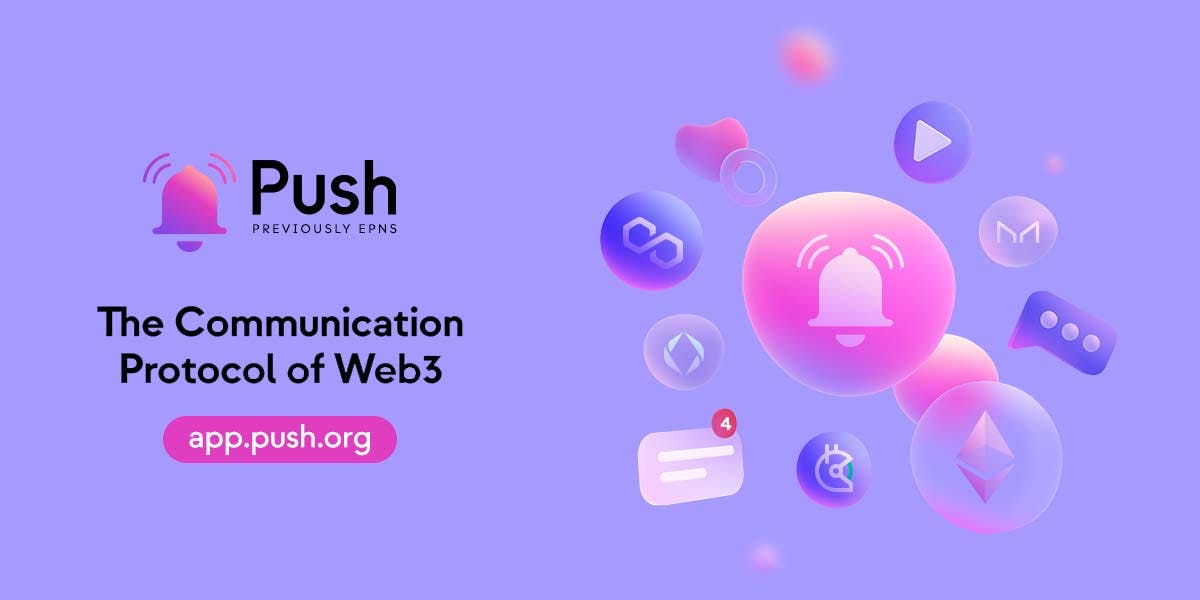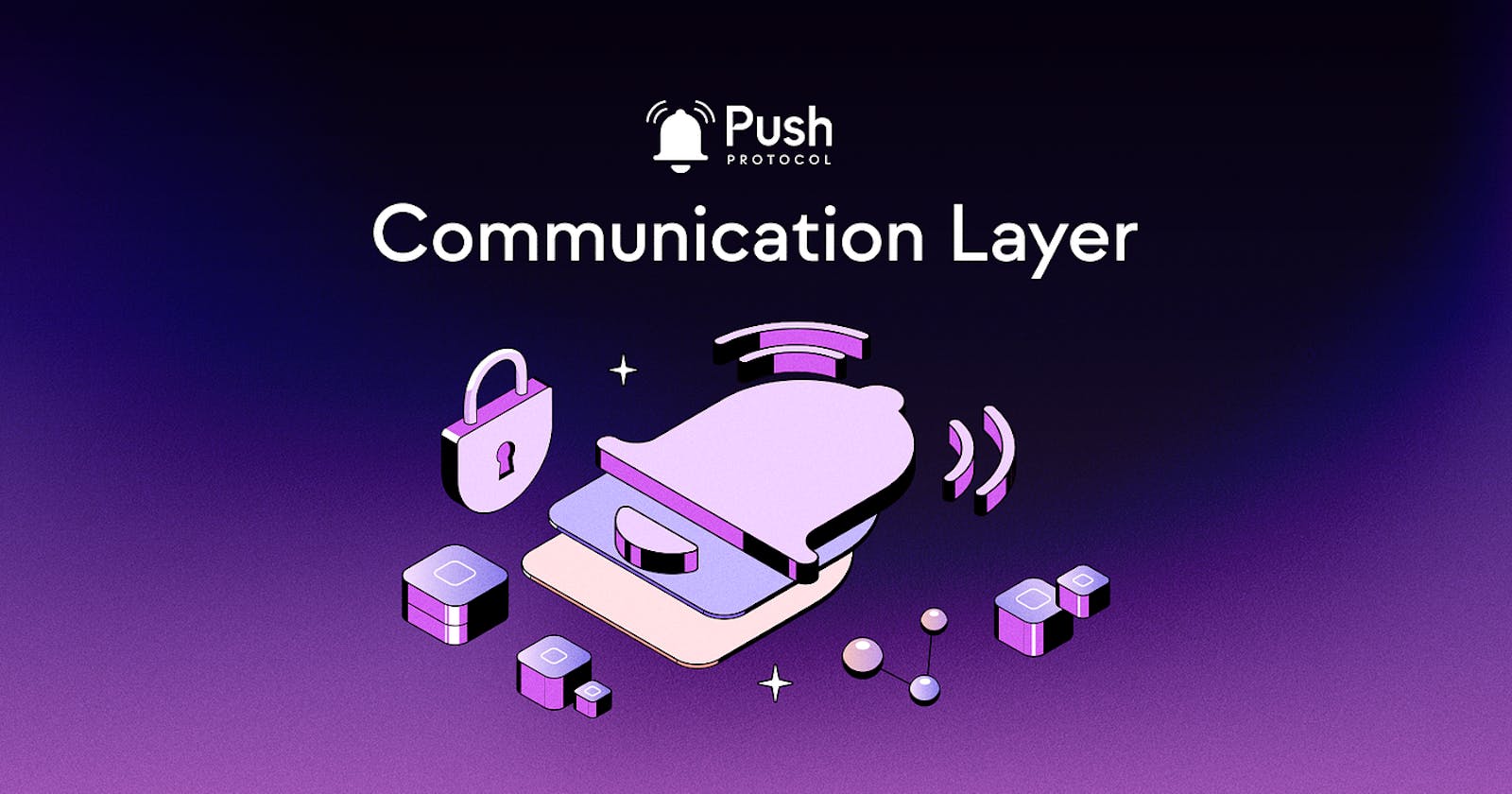Let's deep dive into what we mean when we say Web3 communication.
What do we mean by communication here?
If we talk about general Web2-powered apps and stuff, they all have a communication layer. By communication layer, we mean how these apps communicate with their users and notify them about whatever recent information might be needed. Like trading apps notifying the users about recent market developments, food ordering apps notifying about the placed orders and so on.
Web3 has brought in the concept of decentralization and user network focused and user network powered internet which has revolutionized conventional communication models. Owing to this, communication undergoes a massive transformation with the involvement of blockchain technology which is very different than the traditional scape.
Web2 and Web3 communication

When we think about the difference between Web2 and Web3 applications, a void within the realm of Web3 becomes apparent: the absence of robust communication services. Web2 applications offer a wide array of integrated communication tools, such as instant messaging, social media platforms, and email services, which facilitate seamless interactions and connections among users.
In contrast, Web3 applications are still in the early stages of development when it comes to incorporating and offering these vital communication services. The transition to Web3 represents an ongoing journey, aiming to bridge this communication gap and enable decentralized, secure, and privacy-focused modes of interaction within the evolving web landscape.
Players in the spotlight
Status: Status is an open-source messaging platform that specializes in delivering secure and private messaging via the Ethereum blockchain. Its core mission is to present a decentralized substitute for conventional messaging applications.
RetroShare: RetroShare stands as a decentralized, open-source communication platform that prioritizes security, allowing users to engage in private messaging, share files, participate in forums, and more.
Flow: Flow is a blockchain platform designed for building Web3 applications, and companies are exploring its use for creating decentralized communication tools.
Solana Ecosystem Projects: Several projects within the Solana blockchain ecosystem are exploring decentralized communication solutions, including messaging and social media applications.
These were some of the organization building some awesome stuff for the Web3 communication layer.
About Push Protocol

Push is a communication protocol designed for the entire web3 ecosystem, offering decentralized communication. Its primary objective is to empower users by enabling them to receive notifications for activities, whether they occur on-chain or off-chain.
Talking about some of its features:-
Push Notifications: Through the Push Protocol, a robust and decentralized push notification solution is provided, granting the ability for blockchain projects, decentralized applications (dApps), and service providers to send real-time push notifications to their users via an open network, enhancing their communication capabilities.
Push Chat: Push Chat stands as a web3 messaging protocol that facilitates the exchange of messages between wallet addresses, eliminating the necessity of traditional personal identifiers such as phone numbers or email addresses. It elevates security and privacy levels above those found in standard messaging applications and introduces unique web3 messaging features, including the capability to create token-gated experiences, engage in anonymous conversations, securely associate communication with your cryptographic keys, and much more.
Push DAO: Precisely the Push Protocol DAO supports the Push Protocol through grants, community and ecosystem. There are many ways to get involved in it like the Push Grants Program, Push Ambassadors Program, Push Bug Bounty Program, Rockstars of Push and Push Missions.
Synthesis
In the transition from Web2 to Web3, the communication landscape is undergoing a significant transformation. Web2 apps provide integrated communication tools for instant messaging, social interaction, and more, while Web3 is still evolving in this regard. Innovative projects like Status and RetroShare are filling the void by offering secure, decentralized messaging and communication. The Push Protocol is at the forefront of enabling Web3 communication, providing robust push notifications and introducing a novel messaging experience with Push Chat. The Push DAO supports these efforts through various programs, fostering the growth of Web3 communication.
References
The resource that I mostly referred to was Push Protocol YouTube channel and some general stuff available about the topic on the Internet.
